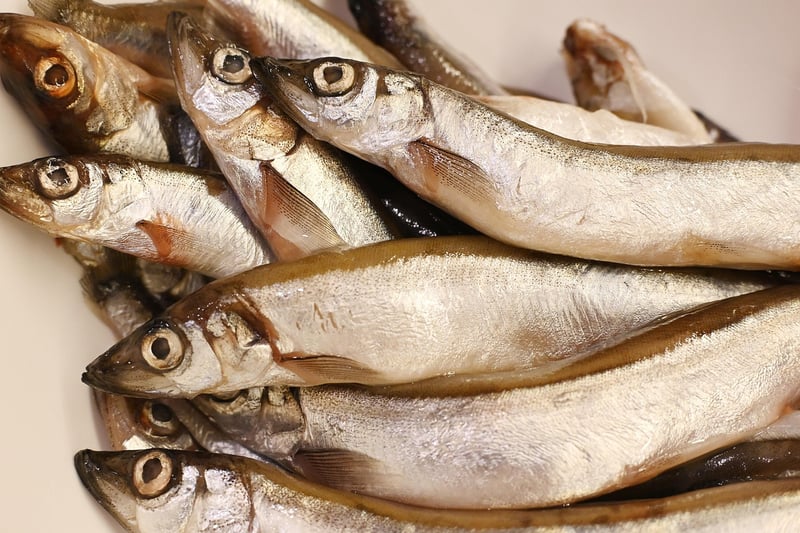Tradition Remixing
Merging Cultural Elements in Cuisine: The Art of Tradition Remixing
Food is a universal language that transcends borders and connects people from different cultures. One of the most exciting aspects of culinary exploration is the fusion of traditional dishes with unique elements from various cultures. This creative process, known as tradition remixing, allows chefs to blend flavors, techniques, and ingredients to create culinary masterpieces that honor the past while embracing the present.
The Essence of Tradition Remixing
Tradition remixing is not about erasing the roots of a dish but rather enhancing it with a modern twist. It involves taking traditional recipes and infusing them with new ingredients or cooking methods to create a harmonious blend of flavors and textures. This culinary approach celebrates diversity, innovation, and creativity, resulting in dishes that are both familiar and exciting.
Examples of Tradition Remixing
One popular example of tradition remixing is the fusion of Japanese sushi with Peruvian flavors to create Nikkei cuisine. This unique culinary style combines the precision and elegance of Japanese sushi with the bold and vibrant flavors of Peruvian ingredients, such as aji amarillo and cilantro, resulting in dishes that are both visually stunning and delicious.
Another example is the blending of Indian spices with British cooking techniques, as seen in dishes like curry-infused shepherd's pie or masala fish and chips. This fusion of flavors creates a delightful marriage of traditional Indian spices with classic British comfort food, offering a new and exciting dining experience.
Embracing Diversity Through Food
Tradition remixing is a celebration of diversity and a reflection of our interconnected world. By embracing different culinary traditions and experimenting with new combinations, chefs can create dishes that appeal to a wide range of palates and preferences. This approach not only enriches the dining experience but also promotes cultural exchange and understanding.
Conclusion
As the culinary landscape continues to evolve, tradition remixing offers a fresh perspective on how we view and appreciate food. By merging cultural elements in cuisine, chefs can pay homage to the past while forging new culinary paths that inspire and delight. So, the next time you sit down to enjoy a meal, savor the flavors of tradition remixing and celebrate the beauty of culinary diversity.

Image source: Pixabay
